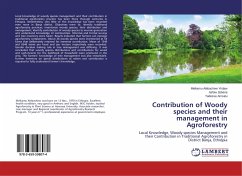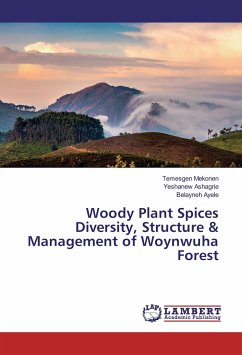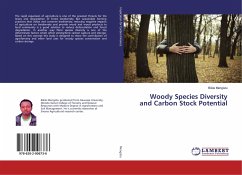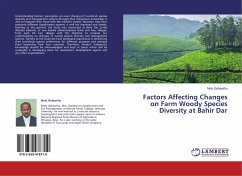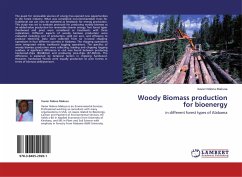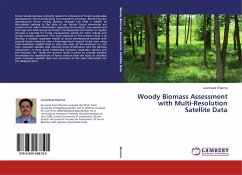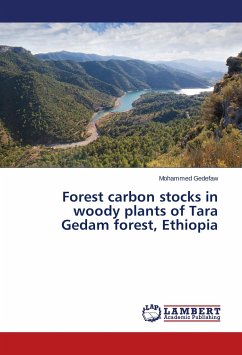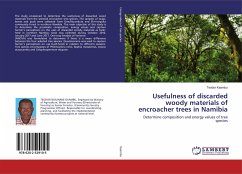Local knowledge of woody species management and their contribution in traditional agroforestry practice has been there through centuries in Ethiopia. Nevertheless, very little of this knowledge has been recorded even none in Banja district. Objectives were to: identify traditional agroforestry practices; inventorize woody species, their distribution and management; identify contribution of woody species to income generation and understand knowledge of communities. Informal and formal surveys and tree inventory were taken. Results indicated that farmers can manage agroforestry components. About 26 woody species were inventoried at 54 farms that deliberately retained for immense contribution. Mean of 1349 and 6546 stems per head and per hectare respectively were recorded. Gender decision making role in tree management was differing. It was concluded that woody species distributions and contributions for wood and cash-income for the livelihood of household were profound in the area.The farmers' knowledge of tree management was also remarkable. Further inventory on specie distributions at niches and contribution is required to fully understand farmer's knowledge.
Bitte wählen Sie Ihr Anliegen aus.
Rechnungen
Retourenschein anfordern
Bestellstatus
Storno

